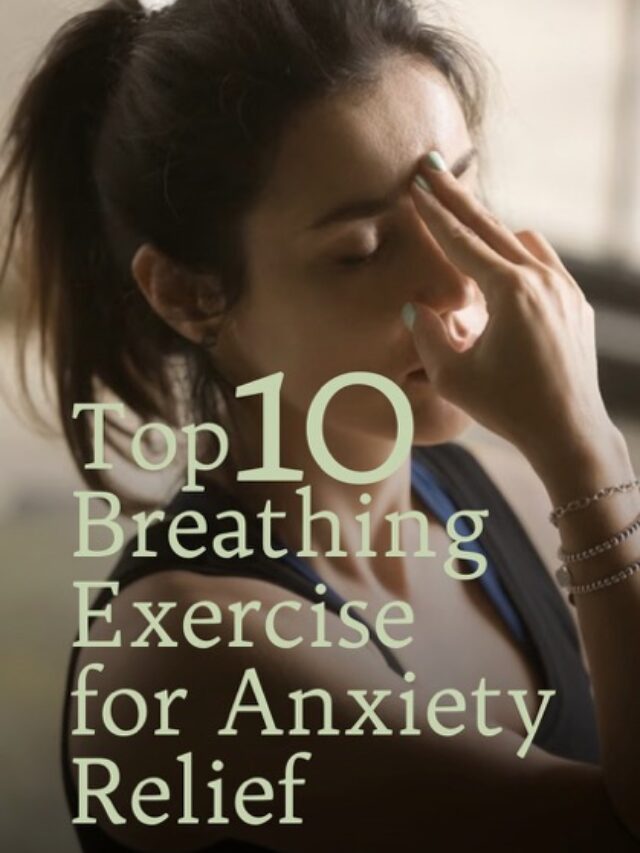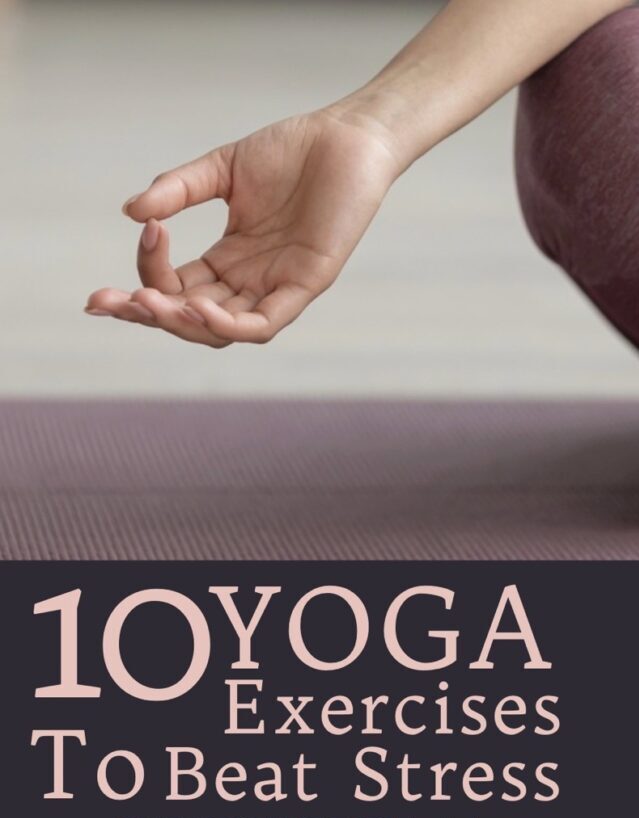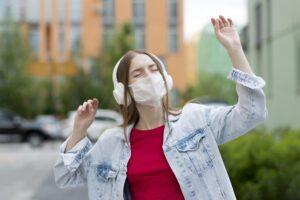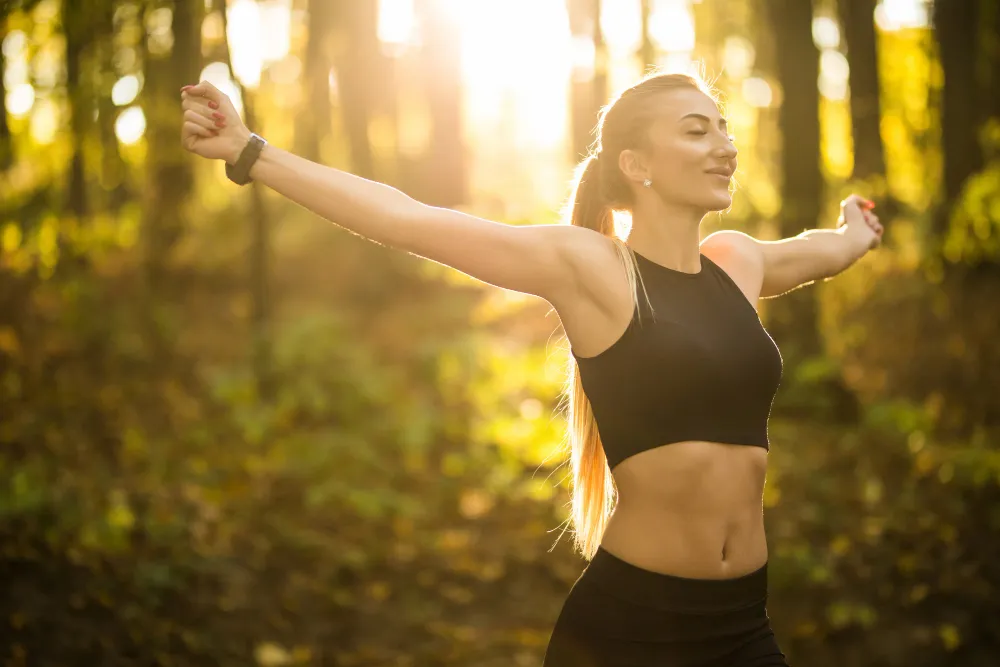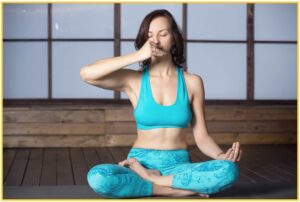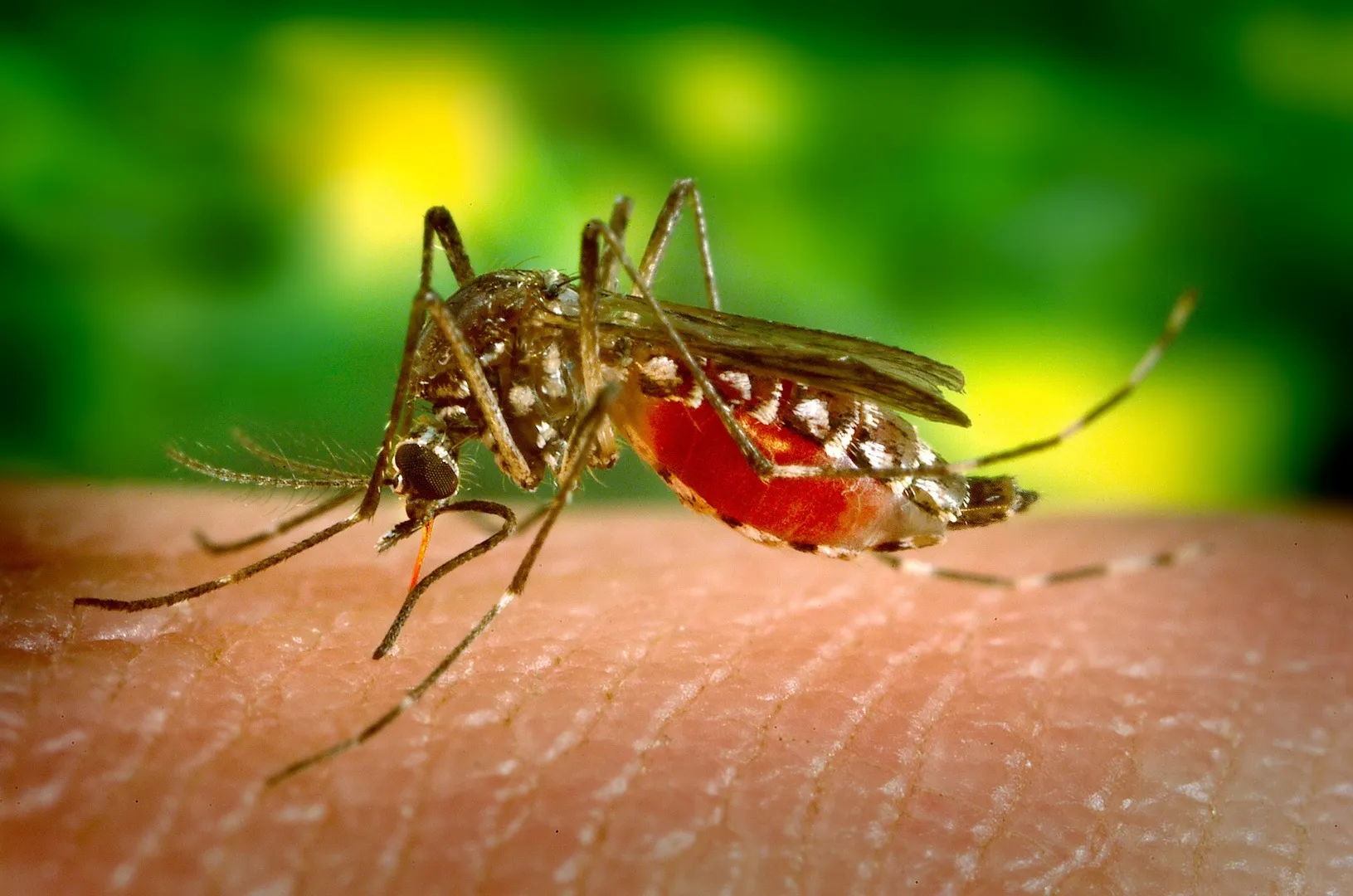Harnessing the Power of Yoga and Pranayama for Mental Well-being
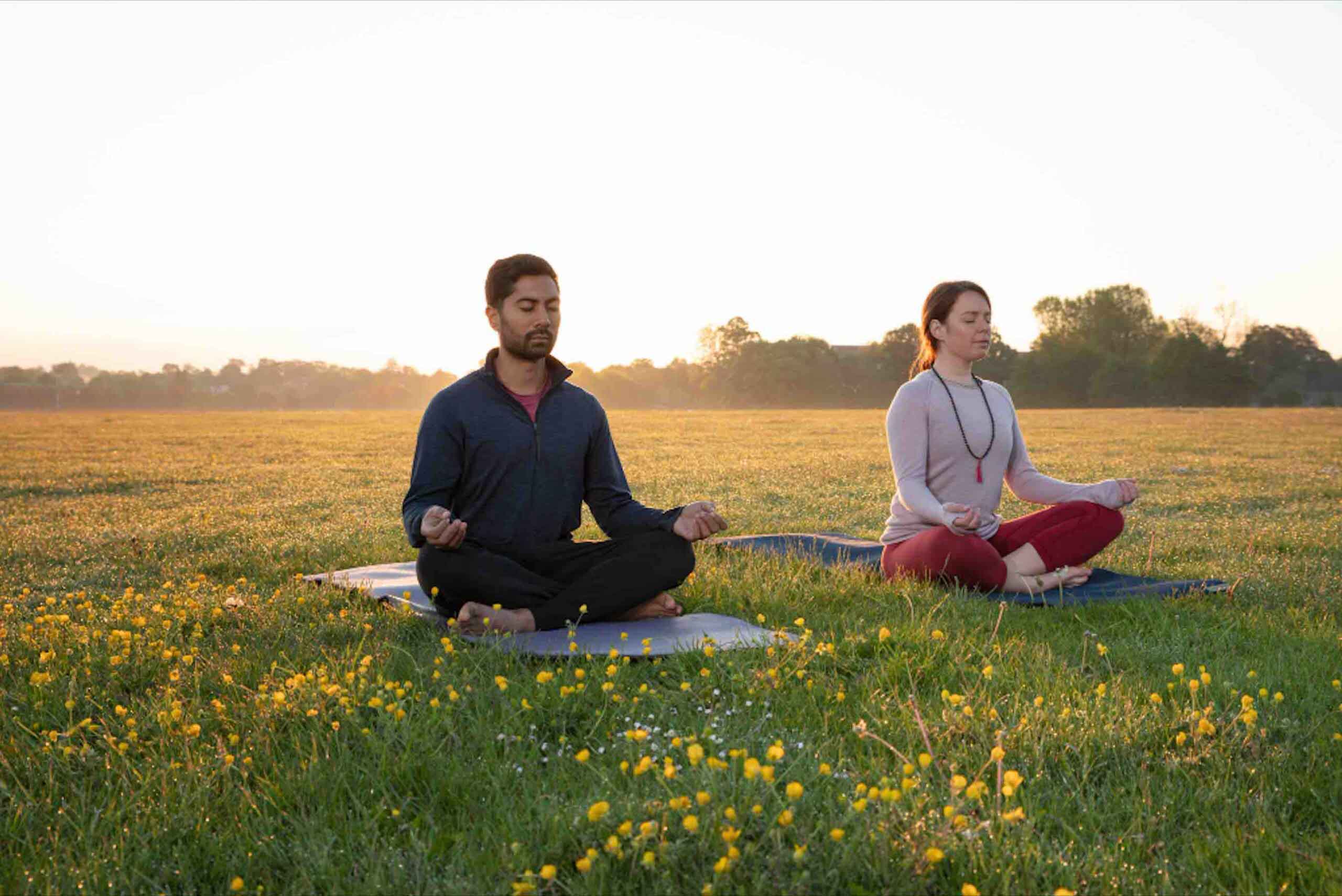
Image by Freepik
Breathing techniques have long been recognized as powerful tools to manage anxiety and promote relaxation. Originating in ancient India, these practices have stood the test of time and continue to provide effective relief in the modern world. Rooted in the rich traditions of yoga and pranayama, these techniques have garnered attention globally for their ability to calm the mind and soothe the nervous system.
Yoga, a comprehensive system developed in ancient India, encompasses physical postures (asanas), breath control (pranayama), and meditation techniques. Dating back thousands of years, yoga was devised to foster harmony between the body, mind, and spirit. Pranayama, a vital aspect of yoga, specifically focuses on controlling and regulating the breath to enhance overall well-being.
According to historical records and the teachings of ancient texts like the Yoga Sutras of Patanjali, pranayama was developed as a means to cultivate prana, the life force energy that sustains all living beings. Prana is believed to flow through the subtle energy channels (nadis) in the body, and through the practice of pranayama, one can harness and balance this vital energy.
Scientific research has increasingly validated the effectiveness of these ancient breathing techniques for anxiety relief. One study conducted by Harvard Medical School demonstrated that deep, diaphragmatic breathing activates the body’s relaxation response, reducing the production of stress hormones and inducing a state of calmness. Another study published in the Journal of Clinical Psychology found that pranayama practices, such as alternate nostril breathing and box breathing, significantly reduced anxiety levels in participants.
The ten breathing techniques mentioned below have been honed over centuries of practice and refinement:
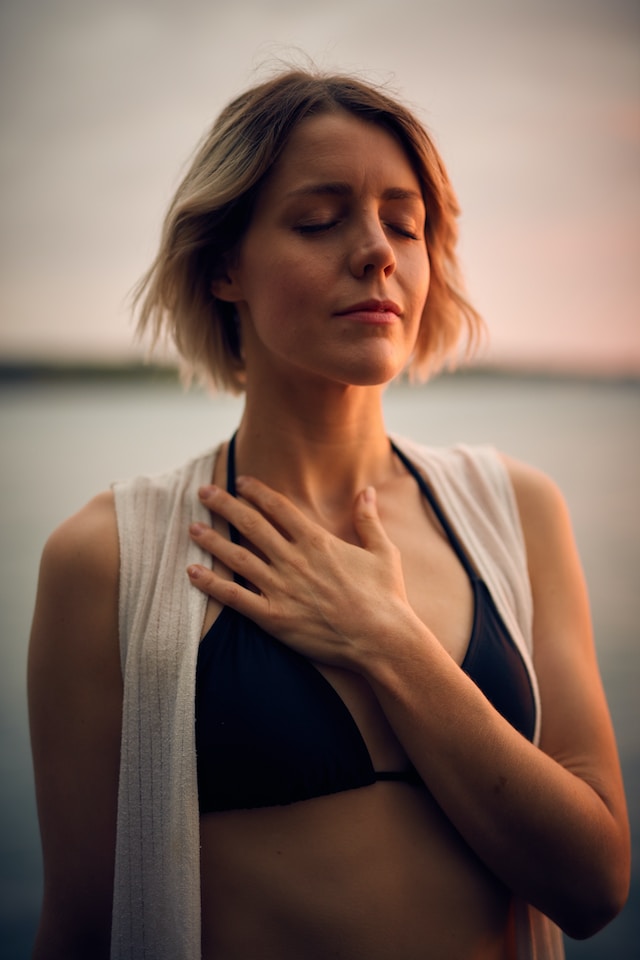
1. Dirgha Pranayama (Deep Breathing)
- Find a comfortable position, either sitting or lying down.
- Place one hand on your abdomen and the other on your chest.
- Take a slow, deep breath in through your nose, allowing your abdomen to rise.
- Exhale slowly through your mouth, allowing your abdomen to fall.
- Repeat for several minutes, focusing on the sensation of your breath.
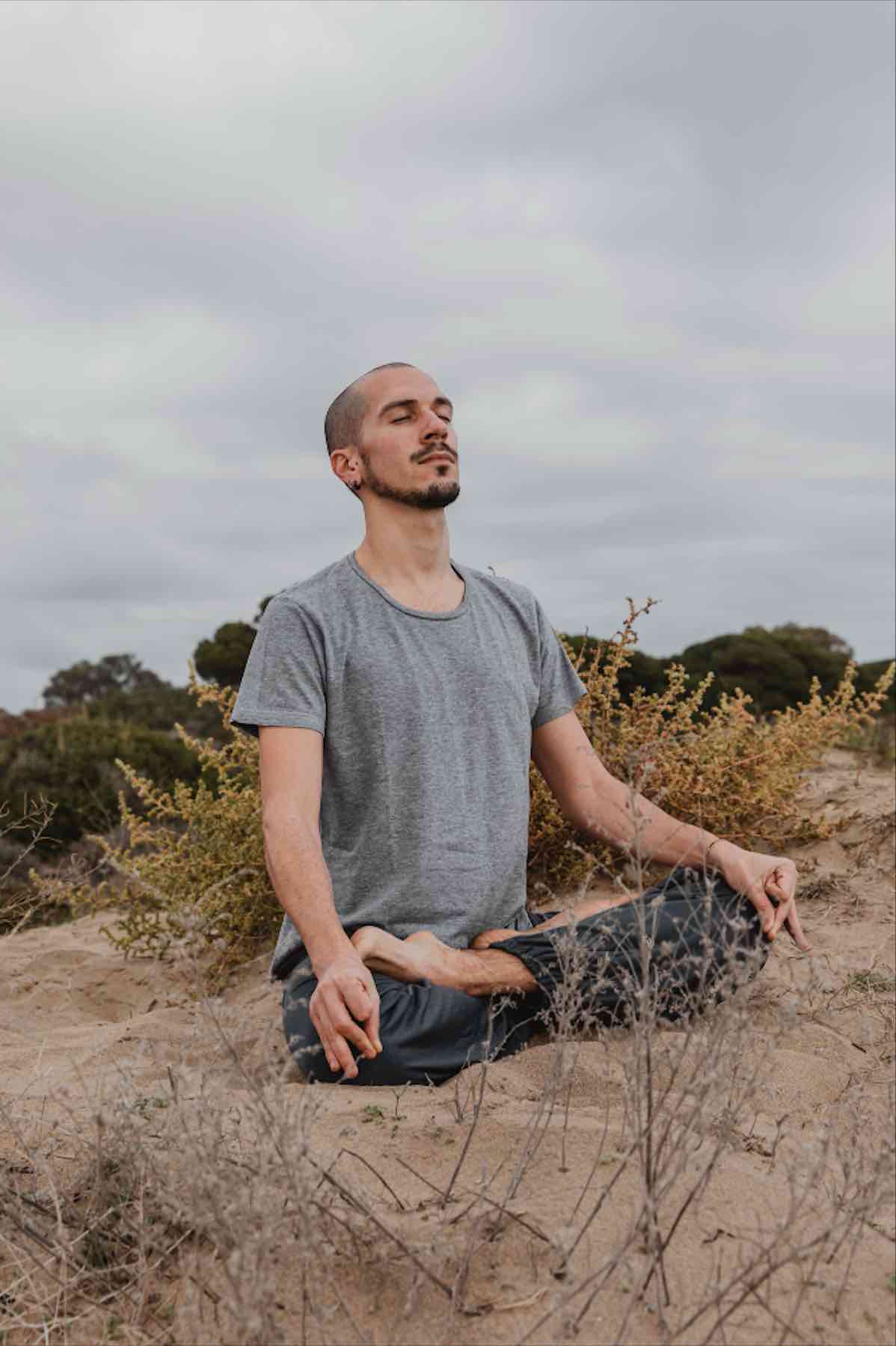
2. Chaturanga Pranayama (4-7-8 Breathing)
- Sit in a relaxed position with your back straight.
- Close your eyes and take a deep breath in through your nose for a count of 4.
- Hold your breath for a count of 7.
- Exhale slowly through your mouth for a count of 8.
- Repeat this cycle for a few minutes.
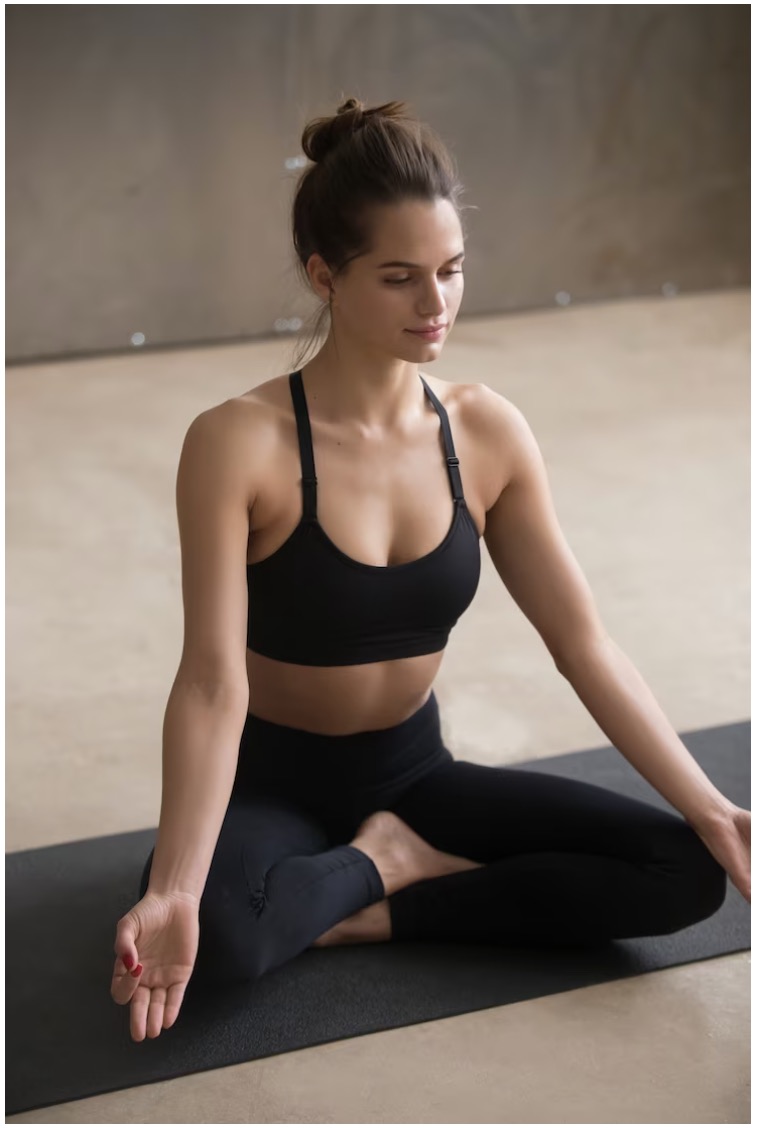
3. Mandala Pranayama (Box Breathing)
- Visualize a square shape and trace its outline mentally.
- Inhale deeply through your nose for a count of 4 as you trace one side of the square.
- Hold your breath for a count of 4 as you trace the second side.
- Exhale slowly through your mouth for a count of 4 as you trace the third side.
- Hold your breath again for a count of 4 as you trace the fourth side.
- Repeat the cycle for several minutes.
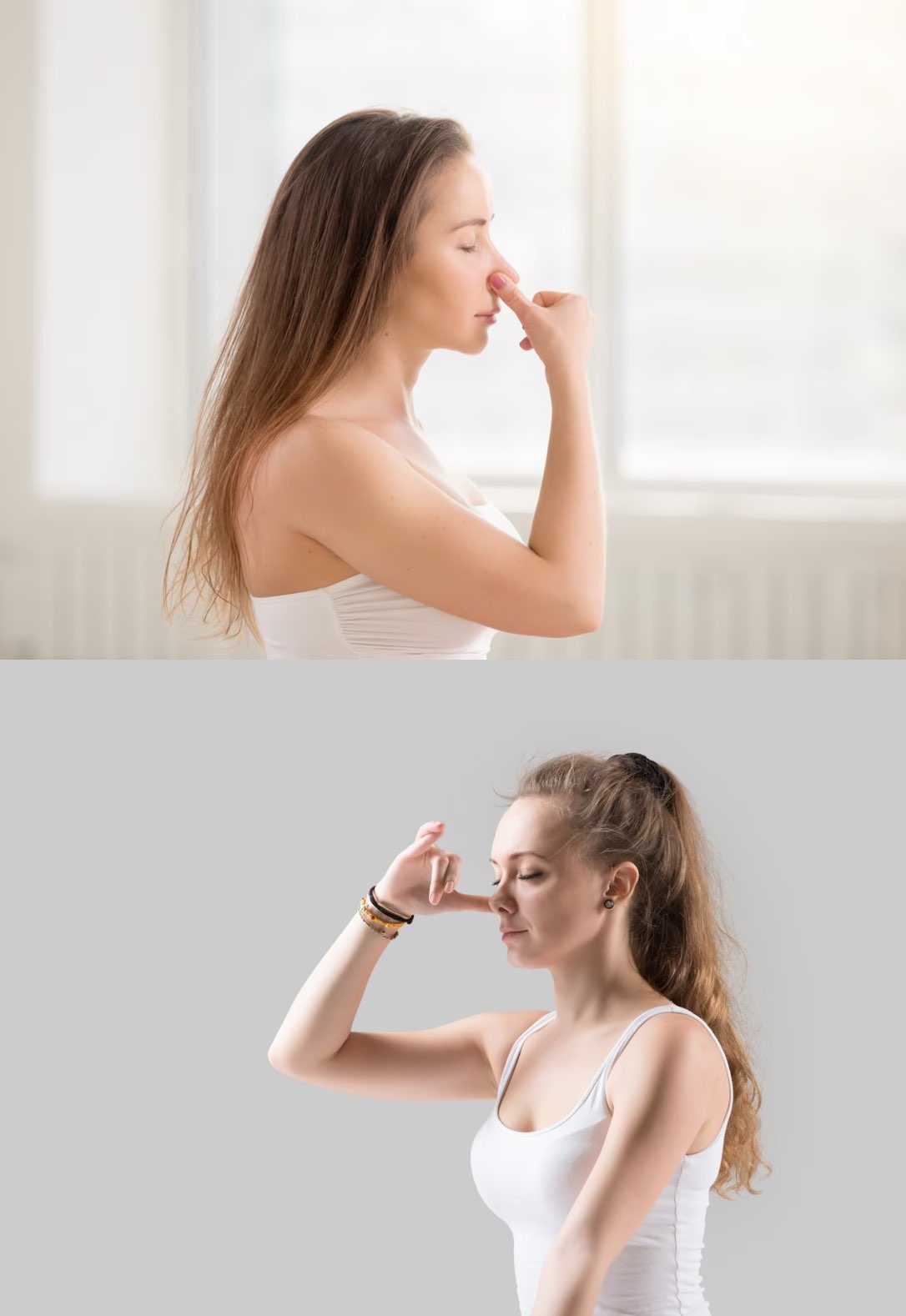
4. Nadi Shodhana Pranayama (Alternate Nostril Breathing)
- Close your right nostril with your right thumb.
- Inhale deeply through your left nostril.
- Close your left nostril with your right ring finger, releasing your right thumb from the right nostril.
- Exhale through your right nostril.
- Inhale through your right nostril.
- Close your right nostril with your right thumb again and exhale through your left nostril.
- Repeat this cycle for several minutes, alternating nostrils.
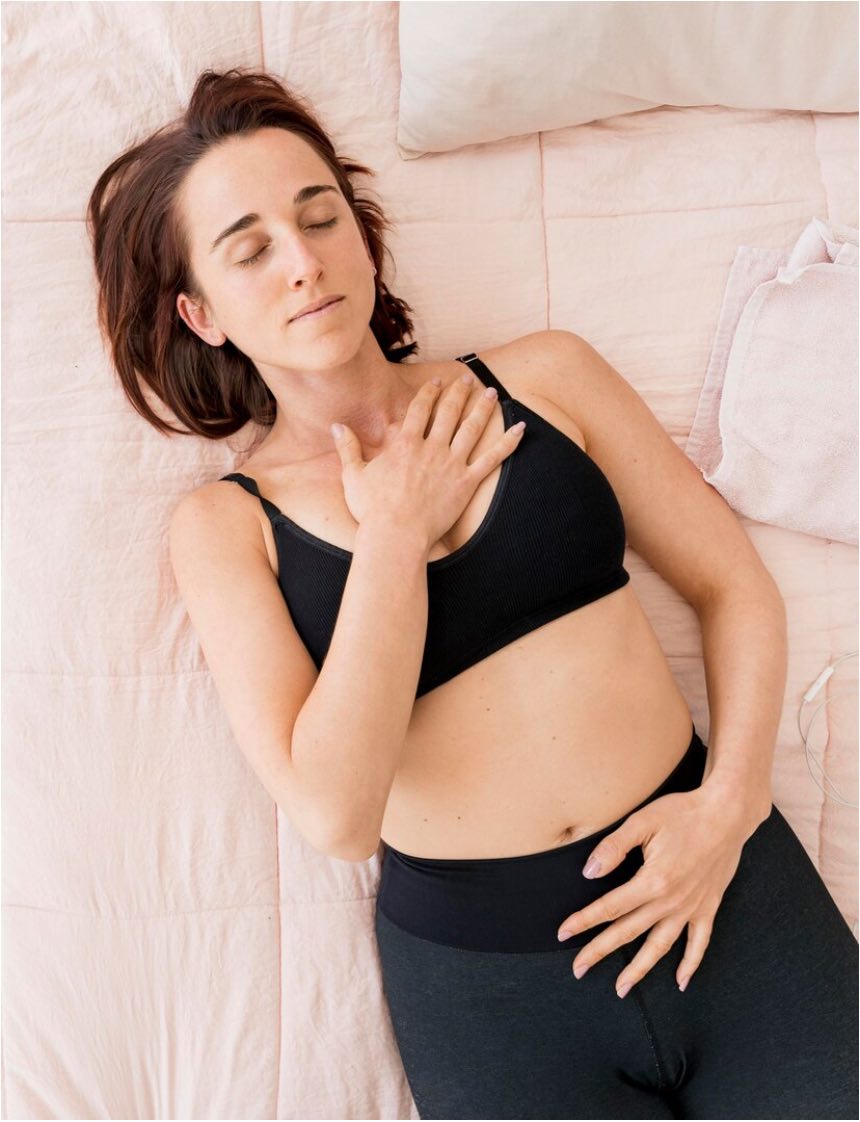
5. Nabhi Pranayama (Belly Breathing)
- Lie down on your back with your knees bent or sit comfortably.
- Place your hands on your abdomen.
- Take a slow, deep breath in through your nose, allowing your belly to rise.
- Exhale slowly through your mouth, allowing your belly to fall.
- Focus on the sensation of your abdomen rising and falling with each breath.
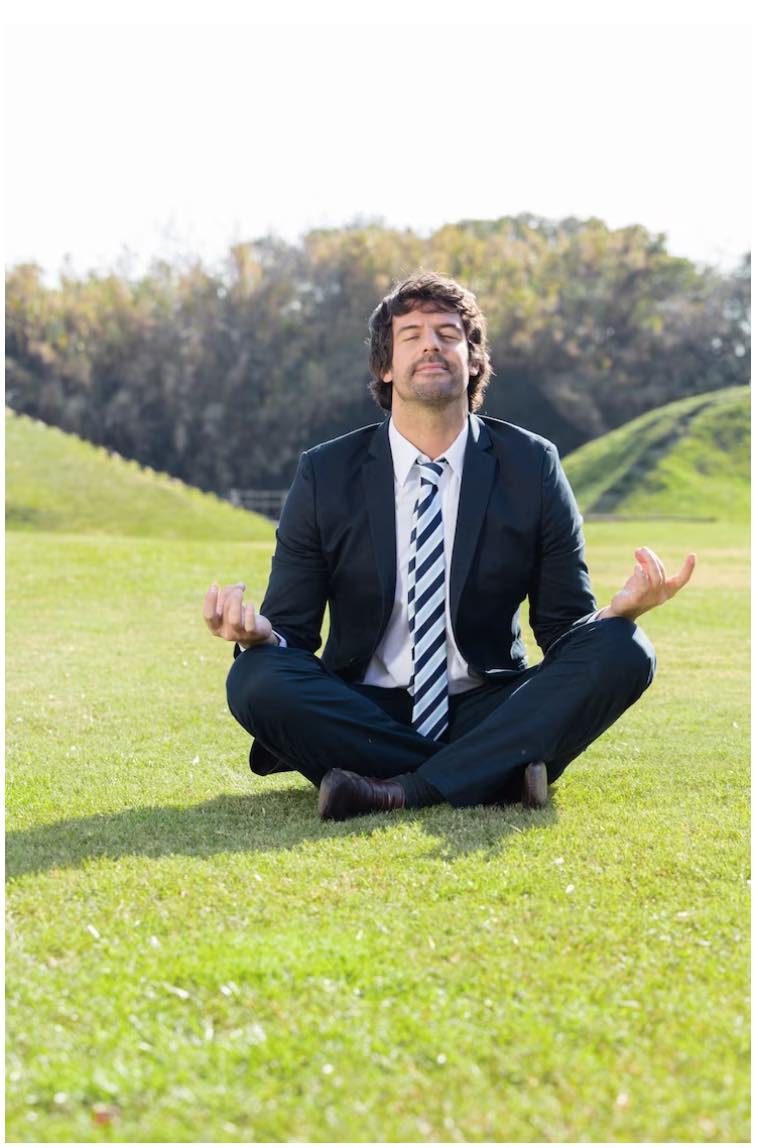
6. Sankhya Pranayama (Counted Breathing)
- Find a quiet place to sit comfortably.
- Inhale deeply through your nose, counting silently from 1 to 4.
- Hold your breath, counting from 1 to 4.
- Exhale slowly through your mouth, counting from 1 to 4.
- Hold your breath again, counting from 1 to 4.
- Repeat this cycle for several minutes, maintaining a steady count.
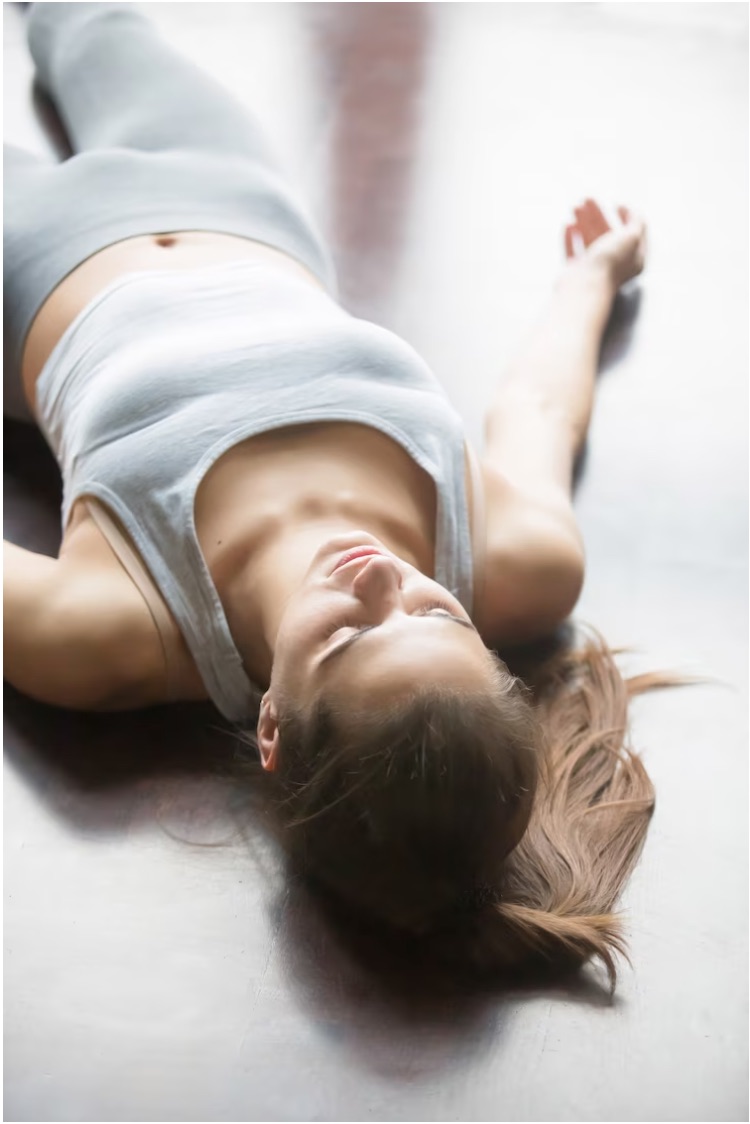
7. Shavasana Pranayama (Progressive Relaxation Breathing)
- Find a comfortable position and close your eyes.
- Inhale deeply and tense the muscles in your face, holding for a few seconds.
- Exhale and release the tension in your face, allowing it to relax completely.
- Move on to your shoulders, arms, hands, and other muscle groups, repeating the process of tensing and releasing with each breath.
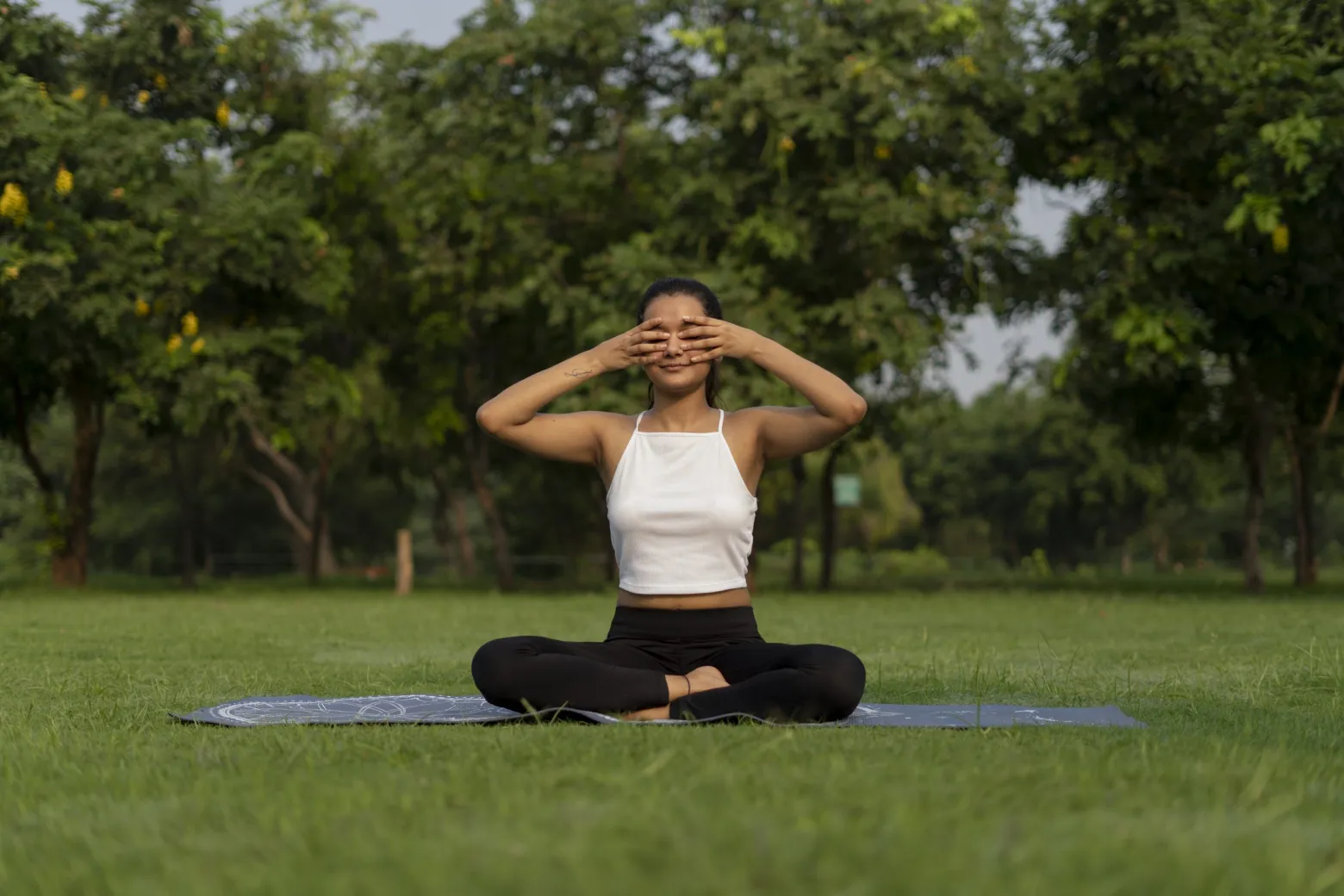
8. Bhramari Pranayama (Humming Bee Breath)
- Sit comfortably with your eyes closed.
- Place your fingers gently on your closed eyelids.
- Inhale deeply through your nose.
- As you exhale, make a humming sound like a bee, allowing the sound to resonate in your head.
- Repeat for several breaths, focusing on the soothing sound and vibration.
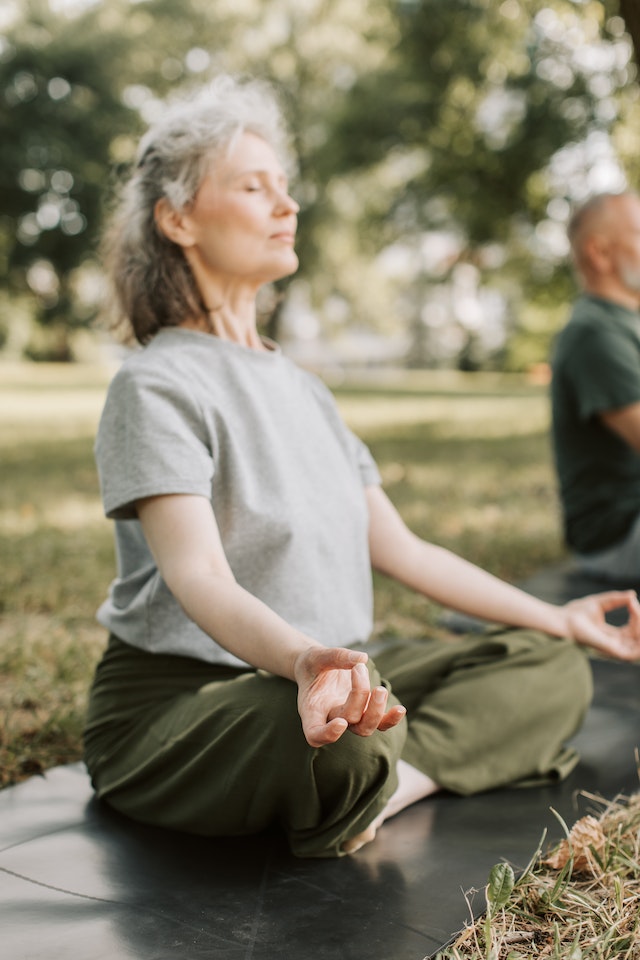
9. Sama Vritti Pranayama (Equal Breathing)
- Sit comfortably and relax your body.
- Inhale deeply through your nose for a count of 4.
- Exhale through your nose for the same count of 4.
- Repeat this equal duration for both inhalation and exhalation.
- Gradually increase the count if it feels comfortable.
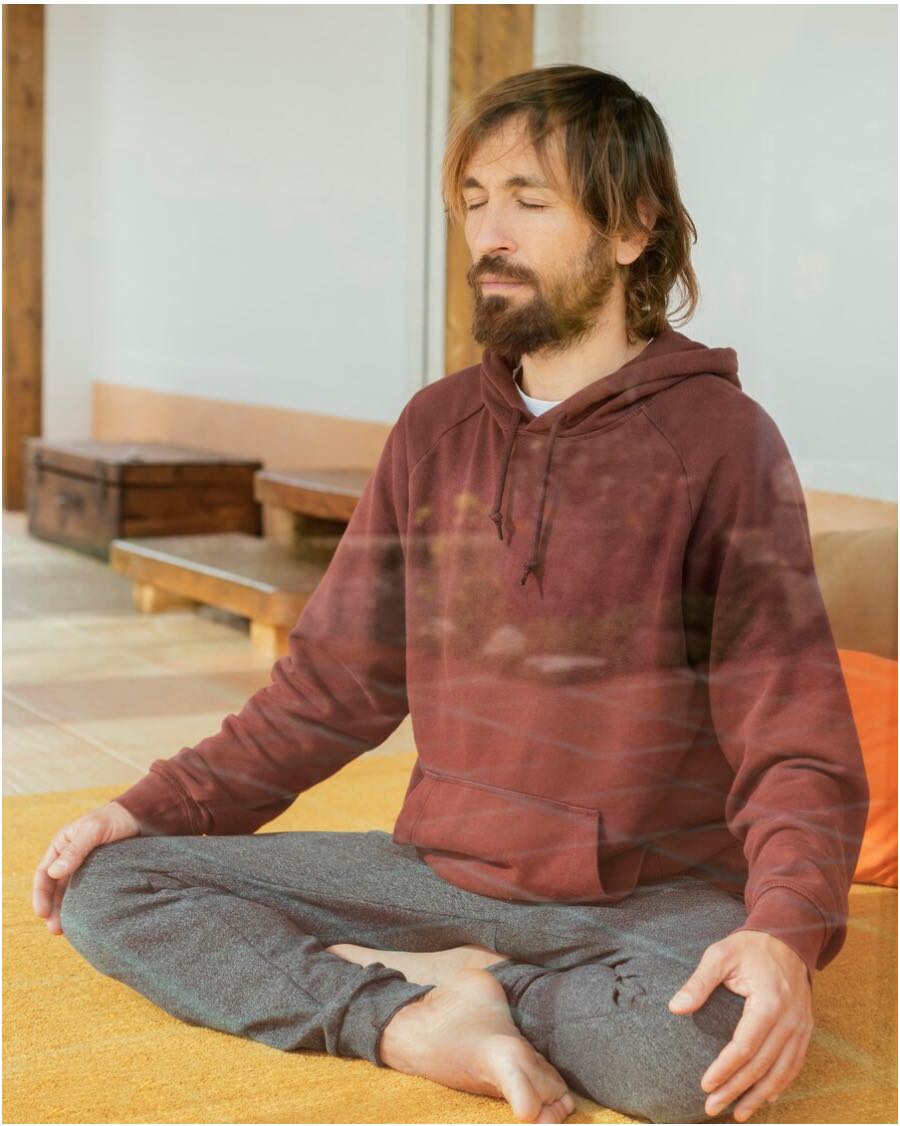
10. Trataka Pranayama (Visualization Breathing)
- Find a peaceful environment and sit in a relaxed position.
- Close your eyes and take a few deep breaths.
- As you inhale, imagine breathing in calmness and positivity.
- As you exhale, imagine releasing any tension, stress, or anxiety.
- Visualize yourself in a peaceful and serene setting, such as a beach or a forest, and focus on the details of your surroundings as you continue your breathing.
These techniques work by regulating the breath, bringing a sense of focus and awareness to the present moment, and harmonizing the flow of prana within the body. Practitioners are encouraged to find a quiet space, assume a comfortable position, and dedicate a few minutes each day to these practices.
The benefits of these breathing techniques extend beyond anxiety relief. Regular practice has been associated with improved concentration, enhanced mindfulness, increased lung capacity, and overall mental and emotional well-being.
As the world grapples with increasing stress and anxiety, the wisdom of ancient Indian traditions provides a beacon of hope. Yoga and pranayama offer accessible and evidence-based tools for individuals to navigate the challenges of modern life and cultivate inner peace.
In conclusion, the breathing techniques developed centuries ago in India as part of yoga and pranayama have proven their efficacy in alleviating anxiety and promoting relaxation. Backed by scientific research and embraced by millions worldwide, these time-honored practices continue to offer solace and resilience in an ever-changing world.
Remember that everyone’s experience with breathing exercises may vary. It’s important to find the techniques that work best for you and practice them regularly to experience the full benefits. If you have severe or persistent anxiety, it’s always a good idea to consult with a healthcare professional.
WEB STORIES FOR YOU
Stay connected with Today On Globe for the latest Global Issues and News Updates.
Explore more related articles at [TOG News / TOG Article]



